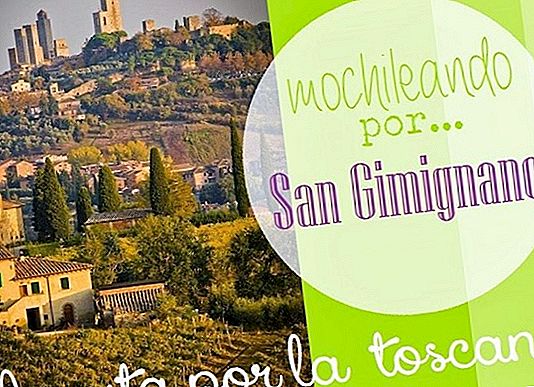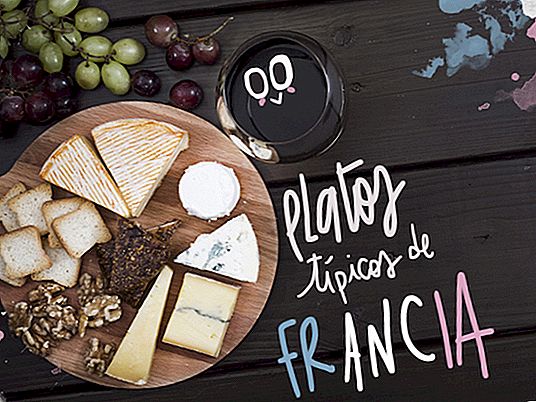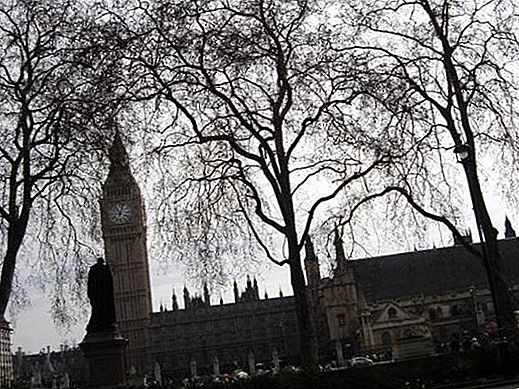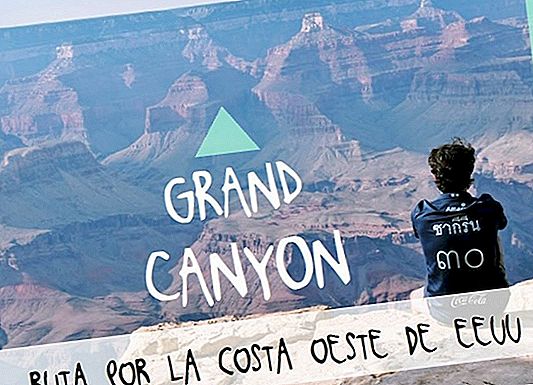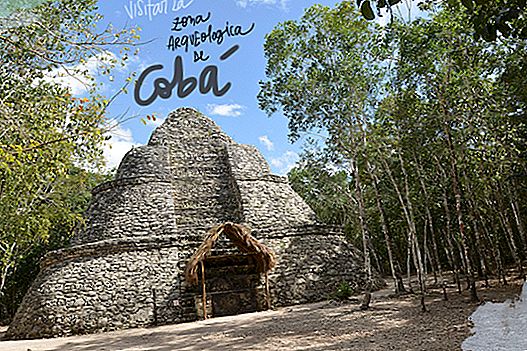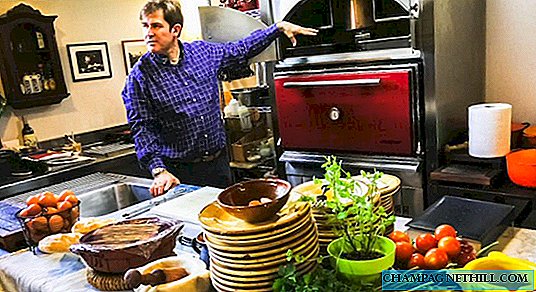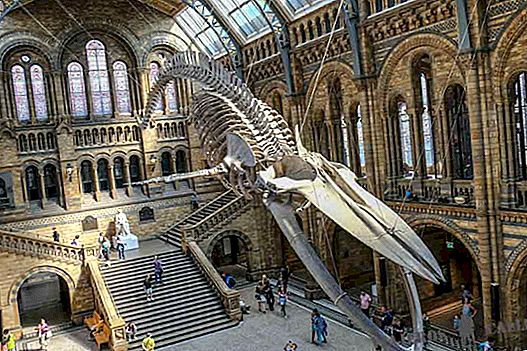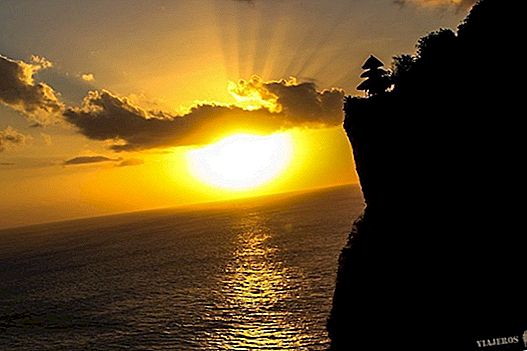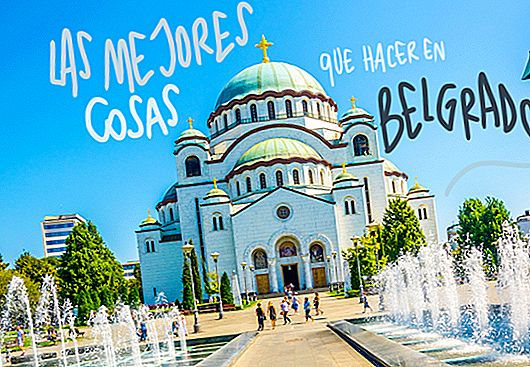
Somewhere we read that Belgrade has the fateful honor of being the city that has been destroyed and rebuilt the most times. Throughout history it has had to be reborn from its rubble more than 40 times. Its strategic place, between the world of the west and that of the east, between the northern and southern territories, has not allowed Belgrade to enjoy a continuous period of peace in its long existence and its inhabitants have had to adapt.
It is normal that his character, both of the city and those who carry his blood, is coarse, cold, serious, cautious ... I suppose that the fact that in the families each of the past generations has fought in a battle makes the humor is agricultural in a certain way. Although perhaps for this same reason, considering life as ephemeral, which can be taken overnight, Belgrade has the reputation of being a top city in terms of nightlife.
LOW TEMPERAMENT!
We arrived from Sarajevo, where we learned more about the recent Balkan War, and perhaps that is why, at first, we closed to Serbia and its capital, Belgrade, perhaps to avoid splashing more of the terror of recent years. And it really is not easy to be able to look her in the eye without feeling a little intimidated, flags with their eagles waving at every step, buildings kept in ruins after the NATO bombings of 99 to remember (or self-convince) that they are not always them the bad guys, stalls with winks to Tito, Putin, even the Chetnik paramilitary group ...
Nor did we see too much initiative to turn Belgrade into an example of progress and improvement, which probably is, or to exploit its tourist claims to attract visitors, which means that the expectations we had were not too many. However, in the majority of cases that this happens one ends up surprising, Belgrade was no exception. It is true that the city has that strong temperament that sometimes scares a little, but we like places with personality and if one thing has become clear to us, it is that the capital of Serbia has a lot of personality.
Tip: A good way to get to know the city is by taking this tour, which speaks of its communist past.


DAY VISIT
Belgrade has a huge extension but the center can be easily traveled in a few hours. We did it on foot the first days and by tram (number 2) the last one, which we didn't give for more!What to see and do in Belgrade? These are the places we recommend you visit:
- Knez Mihailova Street: It is the main artery of the center of Belgrade and is considered one of the most beautiful pedestrian streets in Eastern Europe. In its kilometer in length that connects the Republic Square with Kalemegdan, some of the most significant buildings in the city are located.
- Kalemegdan: It was a fortress occupied by almost all important empires: Celts, Romans, Byzantines, Goths, Huns, Avars, Austro-Hungarians and Turks, it is said that all important forces have defended or destroyed it on occasion. Today it is one of the parks in the city, although formerly it did not house a tree, so that no one could hide behind it.
- The Victor Monument: is the symbol of the city. It was erected in 1928 by the sculptor Ivan Mestrovic, considered the largest in Yugoslavia, and represents the strength of the Serbian people to recover from each battle. We must understand the context, during the First World War and the Austro-Hungarian occupation, 1.3 million Serbs were killed, 60% of the population at that time.



- Republic Square: It is the meeting place for Belgradens. In it is the equestrian statue of Prince Mihailo, leader of the liberation of Serbia from the Ottoman control. It is pointing south, remembering the direction of the territories that were reconquered after the Turkish occupation. However, it was a very unpleasant place because there the Turks hung the bodies of the reactionaries as a warning.
- St. Michael the Archangel Cathedral: from the 19th century and with a huge bell tower. The interior is richly decorated. Nearby is the Residence of Princess Ljubica.
- Çukur font: they say that on June 3, 1862 Sava Petkovic, a apprentice shopkeeper of only 13 years, went to collect water at the source by order of his teacher. When his jug was almost full, three Turks approached him from behind, ordering him to retire, to which the boy refused. Turkish soldiers enraged and wounded in pride attacked Sava, killing him. This fact spread throughout the rest of the city and the country and caused Serbia's uprising against the Turkish occupation and the final liberation of the country. In 1931 this fountain was made in memory of Sava and all those who fought for freedom.


- The old and the new Court: also used as real residences. Stresses the architecture of the Old, considered one of the most important of Serbian art. This palace is the protagonist of one of the black chapters in the history of Belgrade, when on the night of May 28, 1903 he suffered an attack by opponents of the regime and killed King Aleksandar and his wife Draga and threw them from the balcony in the second floor.
- The Parlament: symbol of the instability of Serbian governments and of continuous policy changes. The building is imposing structurally and ornamentally, however a halo of mystery surrounds it: it was built on a Roman cemetery and it was said that a curse fell on it that said King Aleksandar Karadjordjević would be killed after its completion. Mal was not on track, the king was killed, but two years before the work was finished.
- San Marcos Church: It is one of the largest churches in Belgrade and truly imposes its facade.

- Serbian National Television Building: He was attacked by the NATO bombings of 1999 for being considered one of the fundamental tools with which Milosevic spread his propaganda, and now remains in ruins. In the attack, 16 workers died who, apparently, were not intentionally warned of the danger and thus be used as "martyrs" of the Serbian cause. It is located behind the church of San Marcos.
- Other ruins of the NATO attack: To end the Kosovo War, NATO decided to bomb strategic places in Milosevic's Serbia, including the capital Belgrade. The attacks took place continuously between March 24 and June 10, 1999, ending with military buildings and infrastructure but also with hospitals, churches, schools ... One of the clearest examples is the defense ministry building, on the street Kneza Miloša.

- San Sava Temple: the largest Orthodox church in the Balkans, with its huge dome 82 meters high. Its construction was not simple due to wars, poverty and communist government, in fact the interior is practically empty, which gives a very strange feeling!
- Kalenic Market: the largest local market in the city where everyday life is concentrated every morning, we love these places! There is another smaller one closer to the center, the Zeleni Venac market.
- The Old Fair (the old fairgrounds): what was built as an amusement park and place for samples became a hell in World War II. With the Nazi occupation this space was enabled as one of the largest concentration camps Central Europe (more than 100,000 people passed), where 48,000 Jews, Serbs and Gypsies lost their lives. After the liberation the communist government did not want to rehabilitate this space and today only the ruins of the old fair remain.


NIGHT VISIT
- Skadarlija: it is considered the Montmartre of Belgrade. The bohemians and thinkers of the city met in its cobbled streets, today the nightlife is concentrated, with well-decorated bars and terraces, local food and affordable prices (to be the trendiest area).
- Bank of the Danube: with local to the last and good possibilities.
- Ribera del Sava: on the other side of the river there are good places to dine and party.
- If you want you can sign up for this pub crawl (a tour that takes you to visit different bars and meet new friends).

TRAVEL BELGRADE
There are several ways to do it, although as always we recommend your own feet. There is an application called “Belgrade talking”That explains the most important points of the city. Use the GPS and mobile camera to recognize where you are and start the explanation. If you prefer someone of flesh and blood you can join any of the free walking tours (Free, free are not, if you liked your thing is to leave a tip at the end) that take place at 11 a.m. and 2 a.m. and travel through the center of Belgrade in 1.5 hours.
On Fridays and Saturdays in the afternoon the call circulates “Tram called Belgrade“, A free tram that takes you to some of the city's points of interest. It lasts 60 minutes and leaves from the vicinity of the zoo (next to Kalemegdan). But if, like us, you don't have the possibility to take it, the tram number 2 It makes a tour of the center of Belgrade quite interesting (if it does not break, as happened to us!). The price is 150 dinar and you can buy the ticket on the tram.
You can also do cruises on the Danube, they are highly recommended. This costs € 20.


ONE ESCAPE
If you have several days in Belgrade and want to get out of the streets, you can go to the nearby town of Zemun, crossing the river Sava and following the Danube. It is an old fishing village with a lot of history and interesting buildings. The morning market has a lot of atmosphere and the terraces and restaurants next to the river are a good place to dine quietly. The specialty here is smoked fish. To get there you can take bus 15 from next to the Zeleni Venac market, although there are many other buses that also arrive.


USEFUL INFO
- How to get from Sarajevo to Belgrade by bus: by train there is no possibility since the connection was removed in 2013. By bus there are two options, Eurolines that leaves from the central bus station “Autobuska stanica Sarajevo” (next to the train station) every day at 6 in the morning. The price is 46,000 marks (about € 24). There are other companies that leave from the bus station next to the “Autobuska stanica Istočno Sarajevo” airport throughout the morning and at the same price. To get there is a mess, you have to take the tram to the last stop and then taxi.
- How to get from Sarajevo to Belgrade by shuttle bus:The best option is to go by minibus, faster, with pick-up at your accommodation in Sarajevo, they leave you wherever you want in Belgrade and cheaper! It costs € 20 per person and takes approximately 5 hours. The schedules are usually in the early morning (between 5 and 6) and in the afternoon about 3. There are two companies that do this service: Gea Tours and Terra Travel. It is best to ask someone at your accommodation to call to confirm the reservation. The driver is paid and can be done in euros or in dinar.
- Where to sleep in Belgrade: We did it at the Mosaic Hostel, in the center of Belgrade.
- How to get around in Belgrade: If you are going to use public transport on several occasions you are interested in buying the transport card. It costs 250 dinar only the card, which you will have to recharge with balance for your trips. If you do it this way, the price of the trip costs 90 dinar. It can be purchased at any of the many kiosks around the city and at each major bus and tram stop. If you are going to take public transport on time you can pay directly on the bus / tram, the price is 150 dinar. Tickets allow you to use any of the media for 90 minutes.

